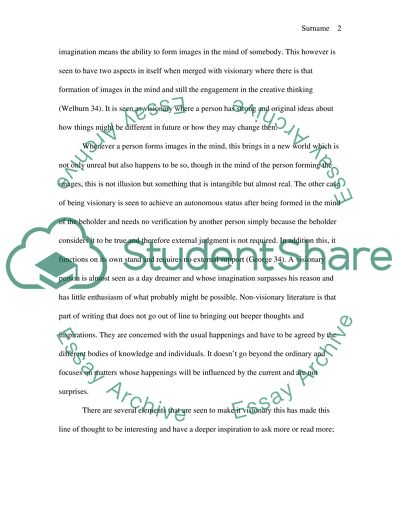Cite this document
(“Visionary Literature/ All literature is visionary at some level Research Paper”, n.d.)
Visionary Literature/ All literature is visionary at some level Research Paper. Retrieved from https://studentshare.org/literature/1582794-visionary-literature-all-literature-is-visionary-at-some-level
Visionary Literature/ All literature is visionary at some level Research Paper. Retrieved from https://studentshare.org/literature/1582794-visionary-literature-all-literature-is-visionary-at-some-level
(Visionary Literature/ All Literature Is Visionary at Some Level Research Paper)
Visionary Literature/ All Literature Is Visionary at Some Level Research Paper. https://studentshare.org/literature/1582794-visionary-literature-all-literature-is-visionary-at-some-level.
Visionary Literature/ All Literature Is Visionary at Some Level Research Paper. https://studentshare.org/literature/1582794-visionary-literature-all-literature-is-visionary-at-some-level.
“Visionary Literature/ All Literature Is Visionary at Some Level Research Paper”, n.d. https://studentshare.org/literature/1582794-visionary-literature-all-literature-is-visionary-at-some-level.


